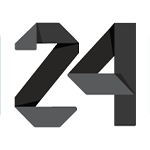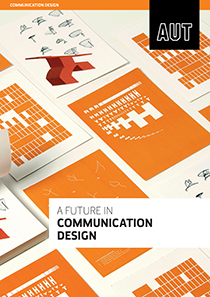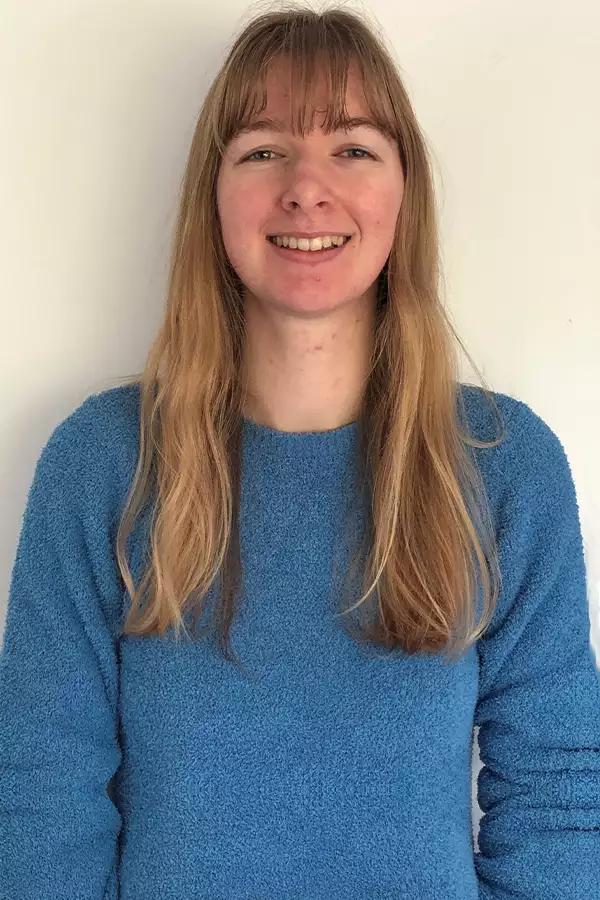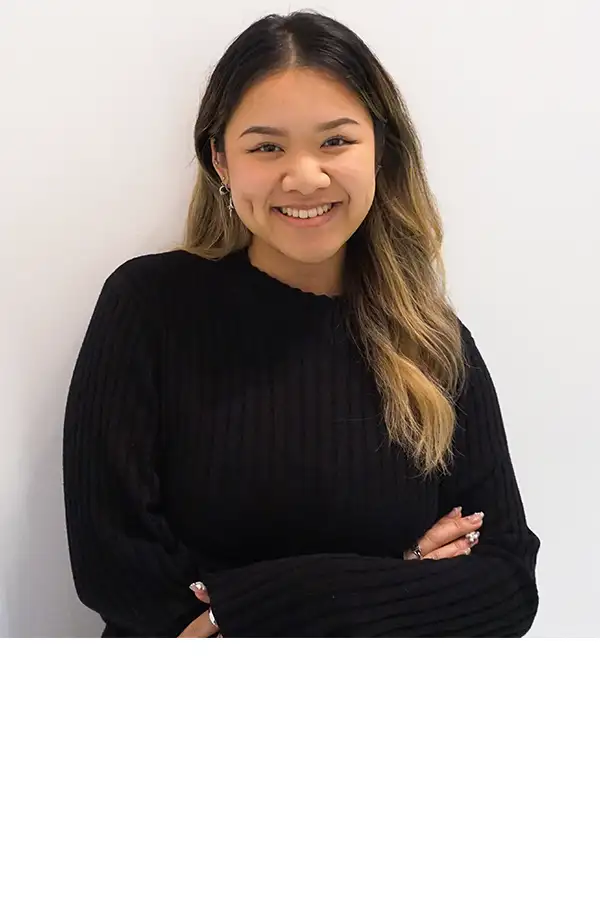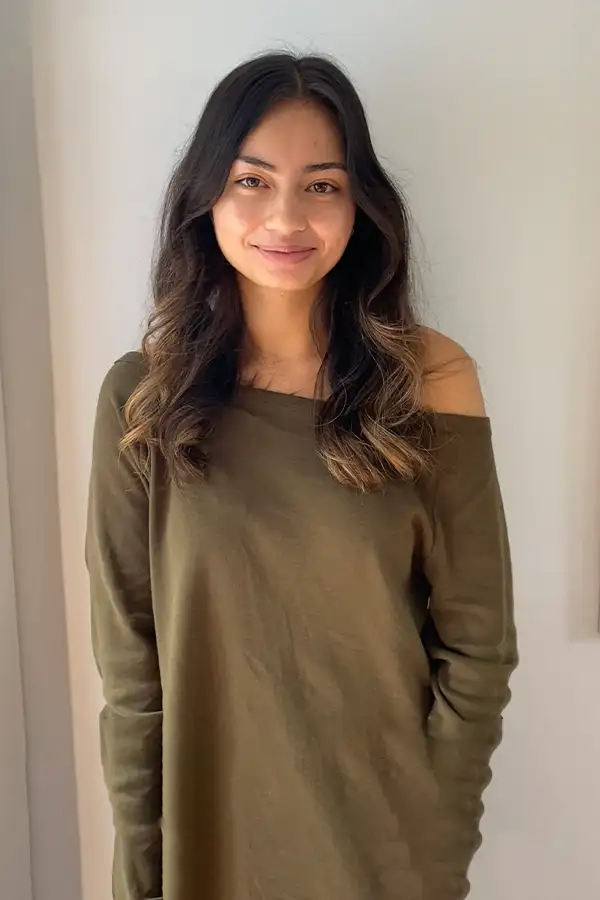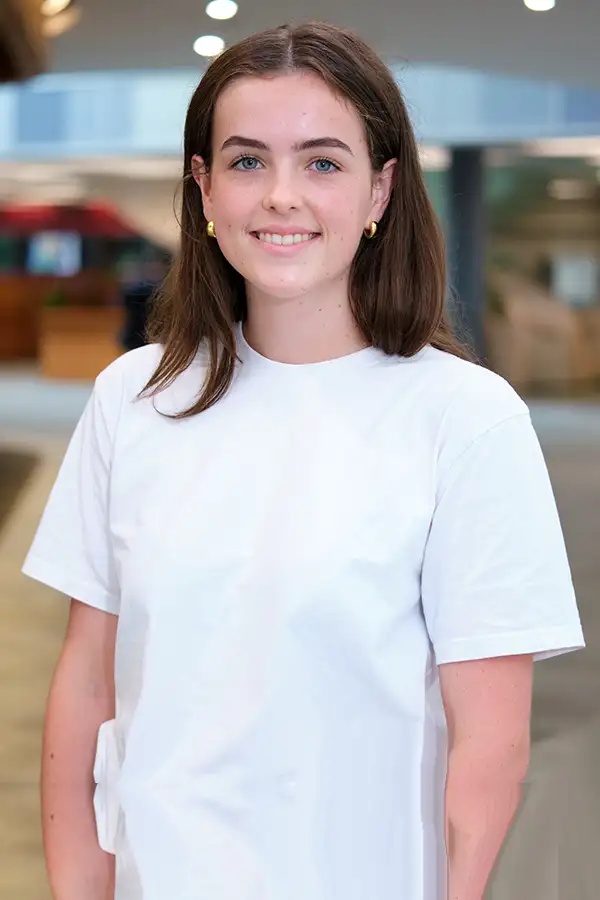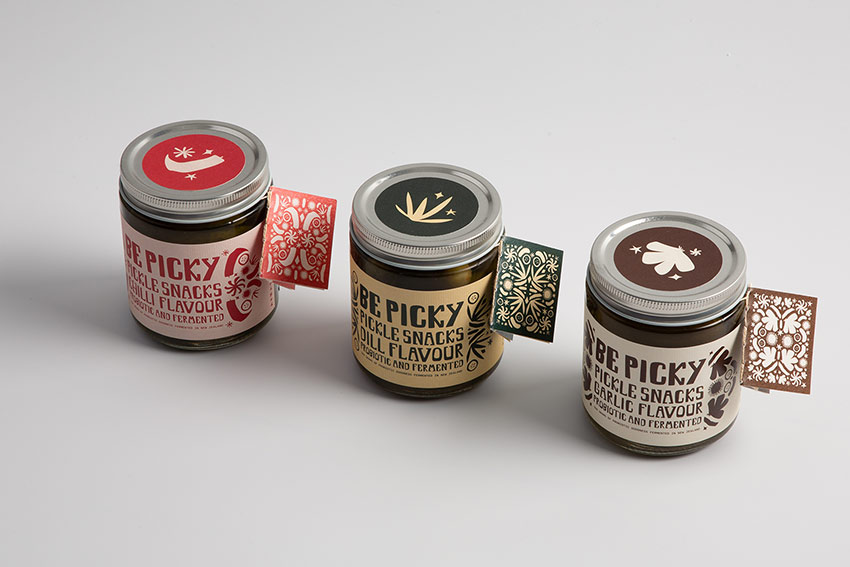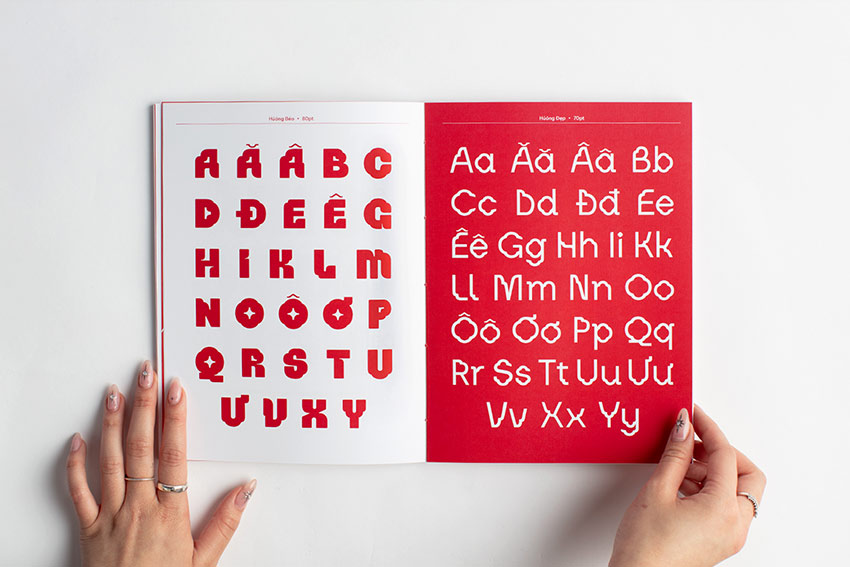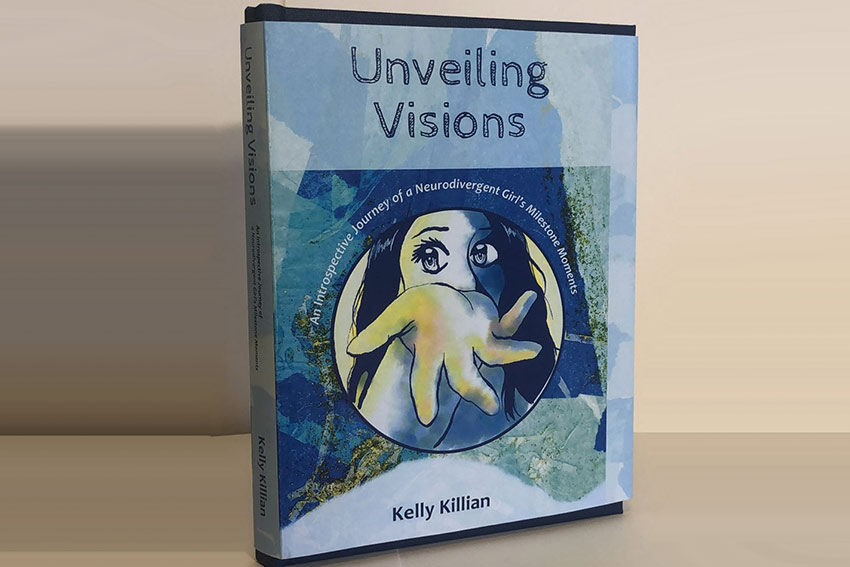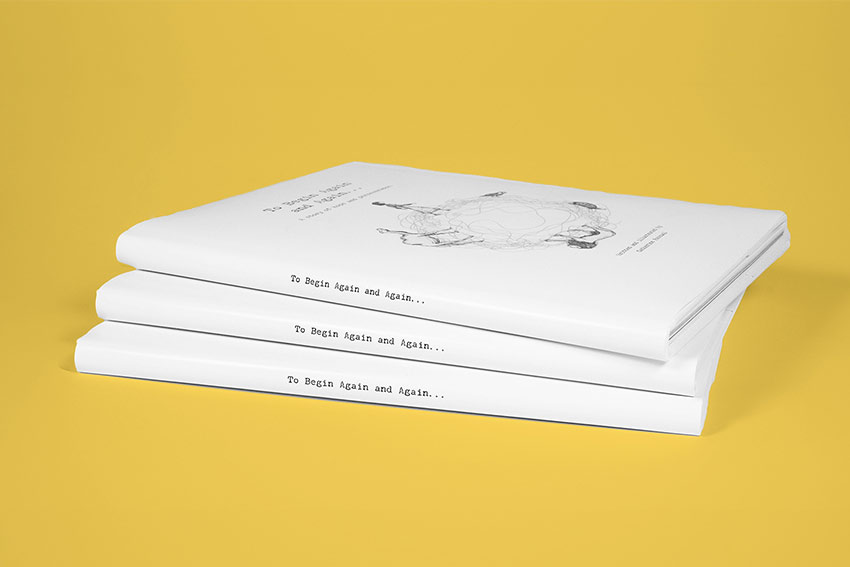Communication Design Major - Bachelor of Design Te Tohu Paetahi mō te Hoahoa
Study communication design and apply graphic design and digital skills to create typographic and visual meaning in graphic and interaction design, branding, illustration, photography, advertising, motion graphics and art direction.
Communication design focuses on generating content and visually communicating ideas, messages and meaning to respond to societal, environmental and commercially relevant themes and issues. Because it's such a diverse subject, it can lead to a wide range of design careers.
You’ll work in AUT's open studios and computer labs with industry standard software, and have access to excellent facilities, including a printmaking lab, risograph, photographic studio and book bindery.
Talk to us about your study options
Thinking about studying at AUT? Book a time with us to discuss your study options.
This is part of the Bachelor of Design Te Tohu Paetahi mō te Hoahoa.
Download programme guides
As a communication design student, you’re supported by lecturers and professional designers, as you work independently and collaboratively on graphic design and communication design projects.
Year 1
In the first semester, you’ll study core courses that introduce you to design principles, research methods, critical thinking, creative processes and design prototyping. You’ll focus on media experimentation, use type and image to exploit graphic design conventions, and communicate ideas.
In the second semester, you’ll explore design systems, industry case studies, information and content management to prototype and communicate messages to an audience.
Semester 1 courses
- DESN511 Introduction to Design Practice (30 points)
- DIGD507 Mahitahi | Collaborative Practice (15 points)
- DESN512 Making and Media (15 points)
Semester 2 courses
- GRAD511 Communication Design Practice I (30 points)
- Plus two courses* from your second major, your minor(s) or elective courses
Year 2
You’ll work on studio projects and workshops where you will:
- Explore design systems and branding, including marketing channels, campaign strategy and visual identity
- Engage with core analogue image-making, digital tools and applications, and communication strategies
- Focus on typography, illustration, drawing, moving image and opportunities to explore image-making and narrative structures
- Work on projects with social impact, and partner with creative studios, design researchers, designers and other industry stakeholders
- Apply industry standard lens-based image-making processes and technologies, professional workflow, and market-level management and communication systems
- Develop a portfolio
Semester 1 courses
- GRAD611 Communication Design Practice II (30 points)
- Plus two courses* from your second major, your minor(s) or elective courses
Semester 2 courses
- GRAD612 Communication Design Practice III (30 points)
- Plus two courses* from your second major, your minor(s) or elective courses
Year 3
The focus this year is the major self-directed design project you complete. Projects can be individual, in partnership with another student or undertaken as a group project. This project will form a substantial part of your communication design portfolio.
The year ends in a public exhibition where you can show your work to the public.
Semester 1 courses
- GRAD711 Communication Design Practice IV (30 points)
- Plus two courses* from your second major, your minor(s) or elective courses
Semester 2 course
- DESN711 Integrated Design Practice (60 points)
*Two 15-point courses or one 30-point course.
Ready to enrol in your courses?
Find out how you can enrol in the courses and classes for your programme, whether you’ve just joined AUT as a new student or you’re already studying with us. If you’re looking for a course timetable or more info on a specific course use our course search.
Build your degree
Use our online tool to build your own degree and see what your three years of study could look like.
Career opportunities if you study the Communication Design major
Continue towards postgraduate studies, establish your own freelance business, or work in design or advertising agencies, print and multimedia companies, or inhouse design teams.
Roles may include:
- Graphic designer
- Brand Creative
- Packaging Designer
- Motion Graphics Designer
- Publication or print-based designer
- Illustrator
- Advertising Creative
- Information designer
- Creative Director
- Design Director
- Content Creator
- Digital Marketing Specialist
- Inhouse Designer
- Creative Artworker / Mac Op
- Account Manager
- Design Studio Owner
Other majors in the Bachelor of Design Te Tohu Paetahi mō te Hoahoa
The information on this page was correct at time of publication. For a comprehensive overview of AUT qualifications, please refer to the Academic Calendar.
- Learn graphic design and digital skills, design thinking and strategy
- Prepares you for a wide range of design careers
- Access industry standard software, a printmaking lab, risograph, photographic studio and book bindery
- Option to include subjects from across AUT in your degree
- A visualiser and brand aware
- Interested in advertising and packaging
- Having strong drawing skills and story-telling skills
The information on this page was correct at time of publication. For a comprehensive overview of AUT qualifications, please refer to the Academic Calendar.


